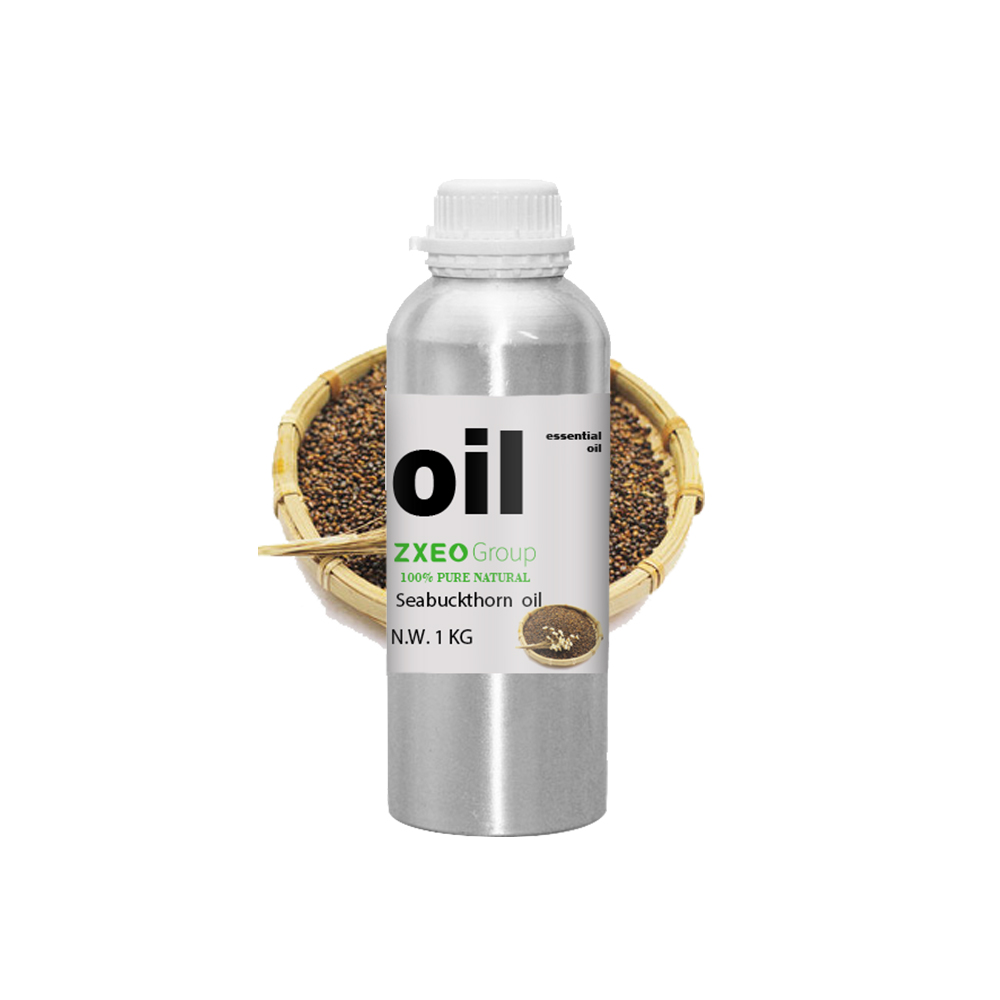Food grade natural essential oil private label star anise oil
Properties
This product is a colorless or light yellow clear liquid; the smell is similar to star anise. It often becomes turbid or crystallizes when cold, and becomes clear again after heating. This product is easily soluble in 90% ethanol. The relative density should be 0.975-0.988 at 25°C. The freezing point should not be lower than 15°C. Optical rotation Take this product and measure it according to the law (Appendix Ⅶ E), the optical rotation is -2°~+1°. The refractive index should be 1.553-1.560.
Main ingredients
Anethole, safrole, eucalyptol, anisaldehyde, anisone, benzoic acid, palmitic acid, pinene alcohol, farnesol, pinene, phellandrene, limonene, caryophyllene, bisabolene, farnesene, etc.
Application suggestions
It is mainly used to isolate anethole, to synthesize anisaldehyde, anise alcohol, anisic acid and its esters; it is also used to mix wine, tobacco and edible flavors.
Recommended dosage: The concentration in the final flavored food is about 1~230mg/kg.
Safety management
The FEMA number of star anise oil is 2096, CoE238, and it is approved as a food flavoring permitted by China GB2760-2011; the fruit of star anise is a commonly used seasoning spice, and its FEMA number is 2095, FDA182.10, CoE238.
Physical and chemical properties
Star anise oil is a colorless to light yellow liquid with a relative density of 0.979~0.987 and a refractive index of 1.552~1.556. Star anise oil often becomes turbid or precipitates crystals when cold, and becomes clear after heating. It is easily soluble in 90% ethanol. It has the aroma of fennel, licorice and anethole and tastes sweet.













